A Disabled Aircraft Recovery (DAR) kit that can fully recover a narrow-body aircraft during incidents has been deployed at the Delhi Airport. The mobile kit having a capacity of 90 tonnes has been commissioned by the Delhi International Airport Limited, the operating body of the IGI, following a directive from the Directorate General of Civil Aviation (DGCA), the DIAL said on Monday.
In a statement issued, the DAIL said that the DAR kit will be able to recover an aircraft, including A320 and B737, which is unable to move under its own power or through the normal use of an appropriate tow tractor and tow bar.
“The mobile kit has been procured from Germany-based Kunz and can be deployed within 120 minutes in case of an emergency. Besides, a team of 36 personnel has been trained to handle any disabled aircraft situation,” it added.
https://twitter.com/DelhiAirport/status/1629433235800485888
The DAR kit can minimize runway closure during aircraft incidents. “In an emergency, the DAR Kit can be deployed within 120 minutes, post mandatory clearances, drastically reducing response time and inconvenience to passengers or flight movement,” the statement said.
Speaking on the occasion, DIAL’s CEO Videh Kumar Jaipuriar said that the kit has been procured from Germany and would ensure minimum hindrance to passengers during aircraft incidents. “The DAR Kit commissioned today uses the latest technology to ensure minimum hindrance to flight operations during a disabled aircraft situation, by DGCA guidelines. Our airport staff have received specialized training in operating the DAR Kit in Germany and India, for deployment in case of any emergency,” he started.
Besides, the Delhi International Airport Ltd (DIAL) has trained a team of 36 personnel to handle any disabled aircraft situation.
What is the DAR kit?
The DAR kit can minimize runway closure during aircraft incidents. In an emergency, the DAR kit can be deployed within 120 minutes, post mandatory clearances, drastically reducing response time and inconvenience to passengers or flight movement. The mobile kit has been procured from Germany-based Kunz and can be deployed within 120 minutes in case of an emergency. The DAR kit uses the latest technology to ensure minimum hindrance to flight operations during a disabled aircraft situation
ALSO READ - Delhi Airport becomes the first airport in India to run entirely on hydro and solar power
Read next
Evolution of Aircraft Structures: From a simple wood truss structure to the sleek flying machines of today
Sakshi Jain
28 Feb 2023
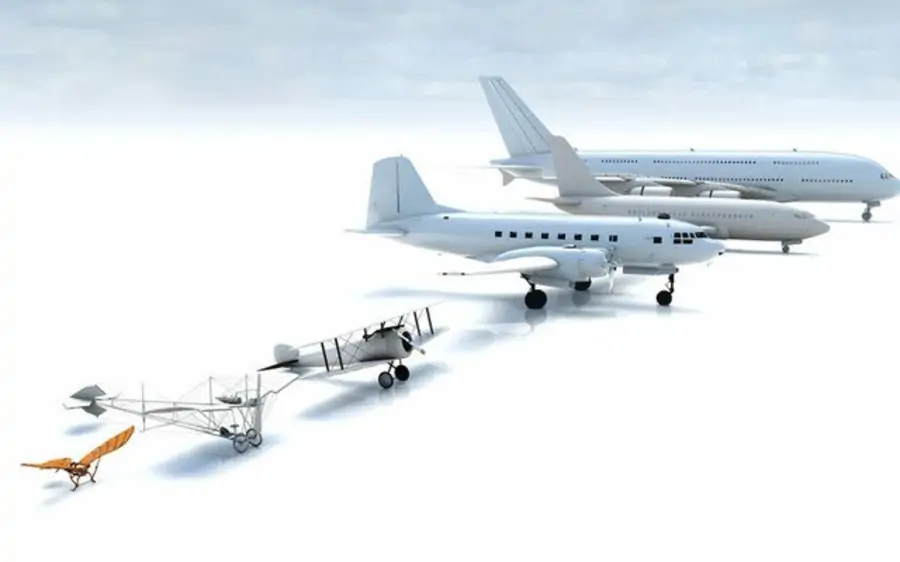
The reliable flying machines we have at present did not emerge overnight. It took decades to get to the advancements and technologies that we have today.
Modern aeroplanes have evolved from basic wood truss designs to sleek, aerodynamic flying machines thanks to improvements in the materials and construction techniques used to build them. The "flying machines" structural makeup has undergone major alteration in conjunction with ongoing powertrain development.
Early days
Early in the 18th century, George Cayley created an effective cambered airfoil. Later, he also created successfully piloted gliders. The concepts of lift, weight, thrust, and drag were all first developed by him. In 1853, Cayley built the first tri-wing glider in which a man flew for the first time.
George Cayley is also known as the ‘Father of Aeronautics’.
George Cayley's Man Carrier
Otto Lilienthal expanded on Cayley's discoveries in the late 1800s. He made and piloted his own gliders on more than 2,000 flights. His willow and fabric aeroplane has wings that were created after thorough research of the wings of birds. Above all, Lilienthal proved that man could fly!
Otto Lilienthal's Glider
Octave Chanute published a definitive work called “Progress in Flying Machines” during the 1890s. He initially created gliders that were similar to Lilienthal's, then his own. In addition to his publication, Chanute contributed to the development of aircraft structure by creating a glider with stacked wings that made use of wires as wing supports.
The Wright Flyer & beginning of Powered Airplanes
The Wright Brothers were aware of the work of all of these men when they constructed their successfully powered aeroplane in 1903. The Wright Flyer had small wings covered in cloth that were joined to wooden truss frames for the most part. The wings were supported by both struts and wires and had forwards and back spars. The Wright Flyer also had two sets of stacked wings.
The Famous Wright Flyer
Innovators and aspiring flyers started creating their own aircraft. Louis Bleriot, a Frenchman, created an aeroplane in 1909 that had noticeable design deviations. He successfully constructed a mono-wing aeroplane. Although wires were still used to hold the wings, a mast that extended above the fuselage allowed the wings to be supported from both above and below. This made it possible to use a single pair of wings to lift an aircraft, which required an expanded wing length. A Pratt truss-style fuselage frame was employed by Bleriot.
Hugo Junkers, a German, was able to construct an aeroplane with a metal truss structure and a metal skin as early as 1910 because stronger engines were available to propel the aircraft forwards and into the air. External wing braces and wires were unnecessary because the core construction was made of metal rather than wood. Moreover, as opposed to a stacked set, his J-1 had a single set of wings (a monoplane).
Hugo Junkers' Junkers J1
Stronger engines helped designers to create thicker wings with stronger spars before World War I. The necessity for wire wing bracing was gone. High-camber wings with flatter, lower-wing surfaces produced more lift. The necessity for multiple reliable aeroplanes increased throughout WWI. The Fokker DR-1 used by the Red Baron was common and was mostly used for reconnaissance flights.
World War I aircraft Breguet 14
Aeroplanes for freight and passengers
Metal became more frequently used in the 1920s to build aircraft. There were built fuselages that could carry both people and freight. The hull-type design of the earliest flying boats served as a model for the semi-monocoque construction of fuselages. Truss-type designs faded.
New, lighter, and more potent engines were used in tandem with all-metal aircraft into the 1930s. Wing designs with stress skin added to larger semi-monocoque fuselages. With all-metal technology, World War II (WWII) led to the development of numerous aircraft designs. As a result of the need for faster flying rates, thin-winged aircraft with deep fuel-carrying wings that store their fuel in the fuselage were developed.
The De Havilland Mosquito, the first aircraft with a composite structure, built the fuselage out of a balsa wood sandwich.
De Havilland Mosquito
Beginning of Commercial Aviation
Higher altitude flight was made possible by the development of turbine engines following WWII. In aviation, pressurised planes were required everywhere. As a result, semi-monocoque construction has to be strengthened further.
The pressurization-depressurization cycle produced metal fatigue, so the all-metal semi-monocoque fuselage structure was improved to increase strength and resist this. To eliminate weak spots where fractures could form, windows and door apertures were designed with rounded corners. Aluminium skin made of an integrally machined copper alloy was resistant to breaking, allowing for thicker skin and controlled tapering. Chemical milling of wing skin structures produced surfaces with excellent performance and tremendous strength.
Construction of wings with variable contours became simpler. The necessity for narrower wings was prompted by the increase in flight speed that came with jet aviation. Wing loading also significantly increased.
Introduction to Jumbo Jets
In order to accommodate passengers, larger and larger aeroplanes were constructed in the 1960s. The jumbo jet's design and construction evolved as engine technology advanced.
The sheer size of the airliners of the day led to a search for lighter and stronger materials from which to construct them, albeit they were still predominantly made of aluminium and had a semi-monocoque fuselage.
In 1954, Boeing manufactured the first B707
With Boeing's airline series, panels with a honeycomb construction were used to save weight without sacrificing strength. Initially, wing panels, flight control surfaces, cabin floorboards, and other applications all use sandwich panels with an aluminium core and an aluminium or fibreglass covering.
Aeroplanes today
From the 1970s to the present, the use of honeycomb and foam core sandwich components, as well as a wide range of composite materials, has steadily increased.
Carbon fibre and other strong, lightweight materials have gradually replaced aluminium as a result of advanced processes and material combinations. These novel materials have been specifically designed to meet performance standards for various aviation components.
Advanced composite materials make up more than 50% of many airframe structures, and some airframes are close to 100% composite. A new breed of jet aircraft composed nearly entirely of sophisticated composite materials is now referred to as "Very Light Jets" (VLJ).
Cessna Citation Mustang, a Very Light Jet
It's likely that noncomposite aluminium aircraft structures will become obsolete, just like the building techniques and supplies employed by Cayley, Lilienthal, and the Wright Brothers.
Source: Aeronautics Guide
Read next
Following the merger of Air India and Vistara into one-full service carrier, the merged entity will be known as Air India, which is much more recognized outside the country, the airline's chief executive officer Campbell Wilson said on February 27.
He added that the process of integration of Vistara with Air India is underway and is now awaiting approval from the Competition Commission of India (CCI).
While the resultant full-service carrier will be known as Air India, Wilson emphasised that efforts will be made to retain some of the "Vistara heritage in that new manifestation".
"The intention is to have one full-service airline and one low-cost airline in the group. The full-service airline will be an amalgam of Air India and Vistara," Wilson said. Campbell also said there is a desire to carry forward the heritage of both Air India and Vistara, and work is going through on the form.
Vistara brand to be dropped by Air India following the merger
"Vistara has a very strong recognition in the Indian market but if you look outside the Indian market, clearly Air India is much more recognised and has a 90-year history... the future full-service carrier will be called Air India but we would like to retain and celebrate some of the Vistara heritage in that new manifestation," Wilson said.
On November 29 last year, Tata Group announced the merger of Vistara with Air India under a deal wherein Singapore Airlines will also acquire a 25.1% stake in Air India. The deal, which will make Air India the country's largest international carrier and second-largest domestic carrier, is expected to be completed by March 2024, subject to regulatory approvals.
ALSO READ - Air India and Vistara begin their integration process
Currently, Tata group owns a 51% stake in Vistara and the rest is with Singapore Airlines. Vistara became the second-largest domestic airline in India in July 2022 and retained the title for six months. In January, Air India overtook Vistara as the second-largest airline with a market share of 9.2%. IndiGo is the largest domestic airline with a 54.6% market share, while Vistara has a share of 8.8%.
ALSO READ - From A350s to B777Xs, Air India finalizes the Historic 470 Aircraft deal with Airbus & Boeing
Addressing the media virtually, Wilson added that Air India's recent firm order for 470 aircraft from Airbus and Boeing Co will be at a list price of USD 70 billion. Wilson also said that Air India plans to fund the order with a combination of resources, including internal cash flow, shareholder equity and sale-and-leaseback of aircraft.
He said that Air India would fund its aircraft expansion through a combination of various sources and said that at the moment there is no timeline under which the company will have to exercise its option to buy more planes. Air India has the option to purchase another 370 planes from the likes of Airbus and Boeing, as part of its firm order for 470 planes.
On 14 February, Air India announced placing an order for 470 planes, 250 from Airbus and 220 from Boeing. "We have committed to a historic order of new aircraft that will start entering the fleet from the end of this year through the end of the decade, to both transform the fleet and power significant network and capacity expansion," Wilson said.
Wilson added that Air India has "enormous" potential and efforts are being done to make the group a significant international player.
The Air India CEO added that the airline is in the process of establishing a significantly large training for pilots and cabin crew in the country. He added that Air India is hiring around 500 cabin crew, pilots every month to increase their services.
ALSO READ - Air India to hire 900 pilots & 4200 cabin crew in 2023 after new aircraft order
Air India last week said that it will hire over 4,200 cabin crew and 900 pilots over the next three years. Air India in the short term will hire pilots and cabin crew from abroad to meet the demand of increasing flight operations.
ALSO READ - Air India to refurbish its wide-body aircraft interiors by investing USD 400 million
Wilson also said that Air India is working on refurbishing its wide-body aircraft and has invested USD 400 million for the same. He added that the first refurbished wide-body aircraft of Air India is likely to come into service by June-July 2024.
ALSO READ - Air India to integrate AirAsia India with Air India Express by the end of 2023
Since taking over the loss-making Air India in January last year, Tata Group has been working on transforming the airline group and has announced that Vistara will be merged with itself, while AIX Connect, earlier known as AirAsia India, is getting integrated with Air India Express.
Read next
The Civil Aviation Research centre (CARO), a facility with advanced simulators being established in Hyderabad, will become fully operational by the end of this year and will have , a civil aviation ministry official said.
CARO, which is being established on a 20-acre plot within the Begumpet airport at a cost of INR 402.13 crore, will offer solutions in key areas in the civilian aviation sector in India. “The construction of the CARO building is under progress and in the final phase of construction,” the ministry officer said, seeking anonymity.
A research facility is functioning in a limited way at Begumpet airport with employees of the Airports Authority of India, another official said. “The new CARO will also be manned by AAI officers,” he said, declining to be named.
https://twitter.com/HyderabadMojo/status/1514607779394502656?s=20
“It also aims to provide a research platform for private and public stakeholders to cater to the needs of global aviation research through collaboration with government and private organisation, co-develop with international organisations, facilitate industry institution tie-ups, foster a vibrant research and development environment to attract top talent and provide resources for start-ups and innovations to carry out research.”
The official said.
CARO aims to promote in-house and collaborative research to cater AAI’s needs through establishment of a world-class research infrastructure with advanced simulators and laboratory facilities, the ministry official said.
CARO will develop indigenous technologies, promote and disseminate R&D activities, encourage creativity and innovation through human resource measures, and provide decision support using data analytical tools and cost- benefit analysis, he added.
Its foundation stone was laid by Suresh Prabhu, the then civil aviation minister, in July 2018, and was originally scheduled to be operational by May 2022.
With inputs from hindustantimes.
Also read - Civil Aviation Research Centre to be set up at Hyderabad’s Begumpet Airport
Read next
General Electric (GE), a multinational conglomerate, has been working closely with Air India, the country's flag carrier, to deliver its first GE-made aircraft in 2023. This significant development marks a milestone for both companies and is expected to strengthen the aviation sector in India.
Air India, part of Tata group, had signed an order for 40 GE engines, plus a multi-year engine services agreement.
Also read - Multiple Aircraft Types, Benefits Air India
"The first of the Air India aircraft with GE engines are expected to be service ready in 2023 itself."
Vikram Rai – Country Head, South Asia and Indonesia of GE Aerospace said on Thursday.
First GE-made Air India aircraft to be service ready in 2023 itself.
Terming Air India's engine order as a "big opportunity" for the jet engines and systems suppliers company, he said it reflects continued confidence in GE Aerospace technology --which has been powering Air India's carriers for more than 40 years.
Also read - From A350s to B777Xs, Air India finalizes the Historic 470 Aircraft deal with Airbus & Boeing
Earlier this month, Air India, in a historic deal, announced it will buy 250 aircraft from Airbus and has also selected Boeing for the purchase of up to 290 planes as part of its growth strategy.
Air India was looking for a mix of aircraft to boost their domestic and international network through recent orders. Soon after the divestment of the airline, the airline indicated it was going for a historic order
Also read - Air India to hire 900 pilots & 4200 cabin crew in 2023 after new aircraft order
Read next
LCA Tejas set to debut at international multilateral air exercises in UAE
Radhika Bansal
27 Feb 2023
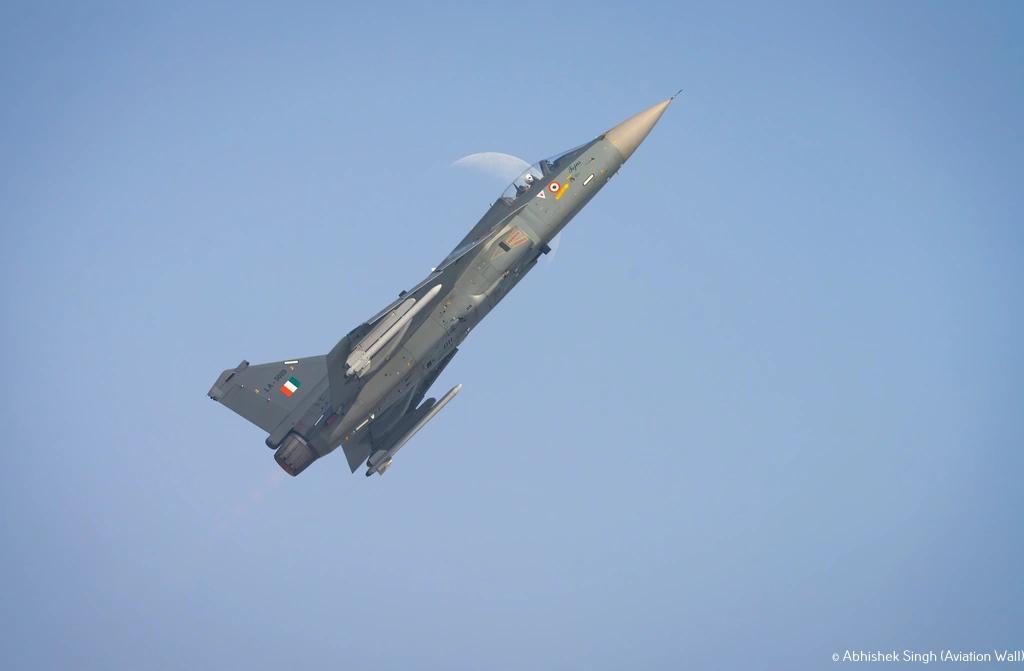
For the first time, India’s indigenously-made light combat aircraft Tejas will be participating in an international multilateral air exercise — Exercise Desert Flag VIll — in the UAE, reflecting India’s increasing efforts at showcasing the jet on the world stage.
An Indian Air Force contingent comprising 110 Air Warriors arrived at the Al Dahfra airbase of the United Arab Emirates to participate in the exercise, in which five LCA Tejas and two C-17 Globemaster III aircraft would take part, the IAF said. The exercise is scheduled from 27 February to 17 March.
“This is the first occasion when the LCA Tejas shall participate in an international flying exercise outside India,” the IAF said in a statement. As per the IAF, Exercise Desert Flag is a multilateral air exercise which will see participation from the air forces of the UAE, France, Kuwait, Australia, the UK, Bahrain, Morocco, Spain, the Republic of Korea, and the US.
https://twitter.com/IAF_MCC/status/1629407551703126017
“The exercise aims to participate in diverse fighter engagements and learn from the best practices of various air forces,” the IAF said.
ALSO READ - HAL’s LCA Tejas deal with Argentina has been put to hold
India has been in talks with several countries to export LCA Tejas, including Argentina and Egypt. India was also hopeful of selling the platform to Malaysia, but the country has signed a deal with Korean Aerospace Industries for the supply of 18 FA-50 light combat aircraft.
ALSO READ - India offers to set up production facilities for LCA Tejas and helicopters in Egypt
Tejas was to debut in an air exercise abroad last year. It was scheduled to take part in the multinational air exercise Cobra Warrior 22 at Waddington in the UK from March 6 to 27, 2022. However, the exercise was cancelled due to the Russia-Ukraine conflict. The LCA has taken part in several air shows abroad, but never participated in a combat exercise in a foreign country.
ALSO READ - IAF to participate in multilateral air exercise in the UK with Tejas jets
LCA Tejas set to debut at international multilateral air exercises in UAE
The aircraft had earlier participated in air shows in Singapore, Malaysia, Bahrain and Dubai. The LCA Mk 2, which got cabinet approval last year, has evinced interest from nearly 16 countries and efforts are on to identify private agencies to speed up the production of the jet.
Manufactured by state-run aerospace behemoth Hindustan Aeronautics Ltd (HAL), the Tejas aircraft is a potent platform for air combat and offensive air support missions while reconnaissance and anti-ship operations are its secondary roles.
Aircraft manufacturing company HAL terms LCA Tejas as a 4.5 generation, all-weather and multi-role fighter aircraft. “The aircraft is designed to be a multi-role aircraft capable of taking up offensive air support, close combat and ground attack roles at ease. It is also designed to undertake Ground Maritime Operations.”
As per the HAL, there are different variants of aircraft under production and development which includes Single seater fighter for the Air Force, Single seater fighter for the Navy, Twin Seater trainer aircraft for the Air Force and Twin Seater trainer version for the Navy.
The IAF has inducted several of the 40 earlier variants of LCA, ordered 83 improved Mk-1A variants in 2021, and is now looking at ordering the newest variant of the aircraft, LCA Mk-2.
ALSO READ - LCA Mark 1A expected to be out by February 2024
In 2021, the defence ministry awarded an INR 48,000-crore contract to Hindustan Aeronautics Limited for 83 LCA Mk-1A jets for the IAF. The first Mk-1A aircraft will be delivered in February 2024, with the rest slated to join the combat fleet by 2029. Last year, the government gave its nod to developing the LCA Mk-2, a platform that will form an important element of future air combat.
An advanced version of the aircraft (LCA Mk-2) is to be rolled out by February 2024, said a HAL official. Last September, the Cabinet Committee on Security sanctioned INR 9,000 crore to develop the 4.5 generation LCA Mk-2, which would be technologically much superior to LCA Mk-1.

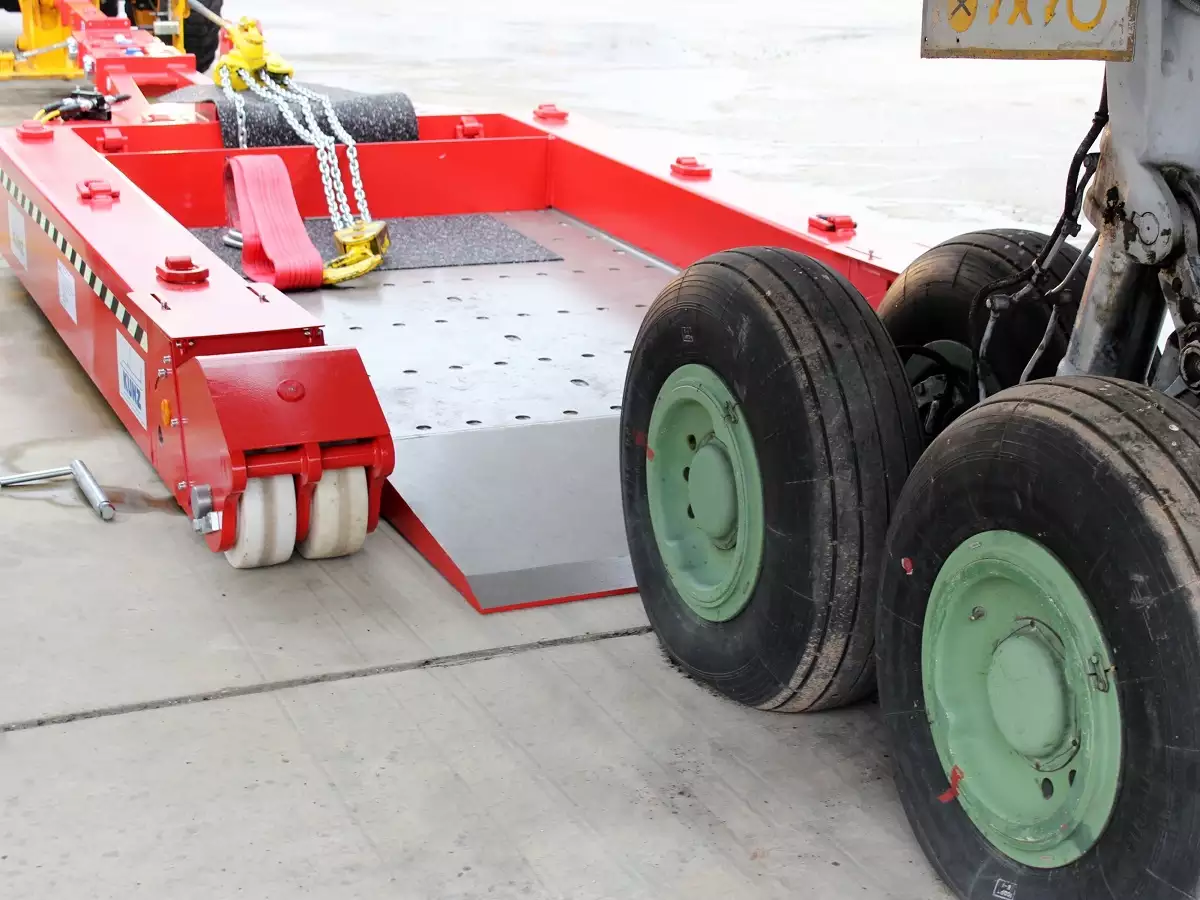

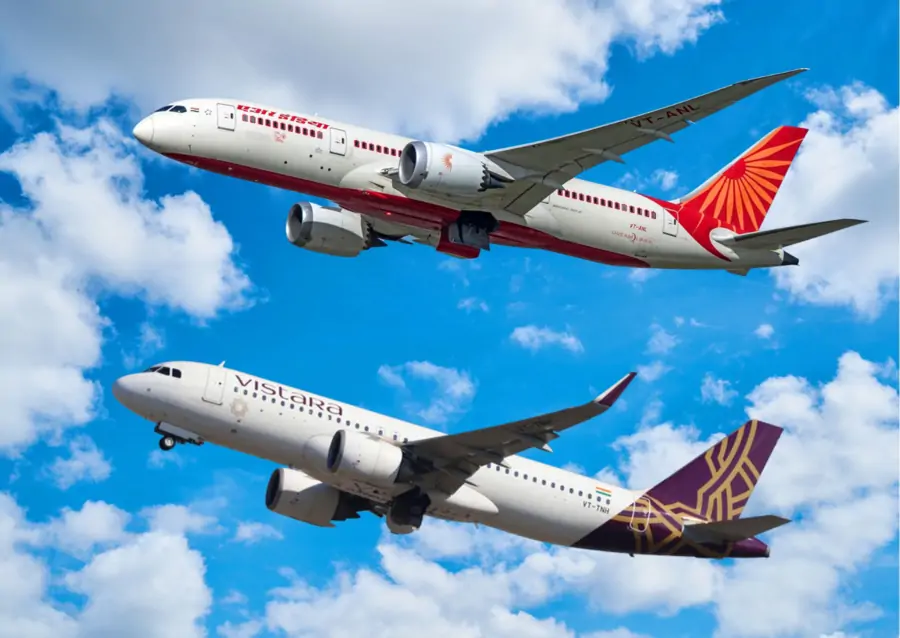


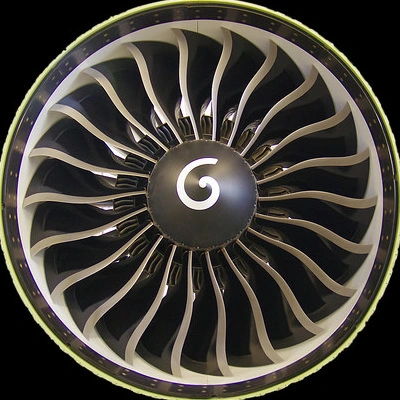
Comment